PDF chapter test TRY NOW
We use and taste many substances in our daily life, such as salt, sugar, vinegar, lemon, orange, and more.
But have you ever wondered why they taste differently?
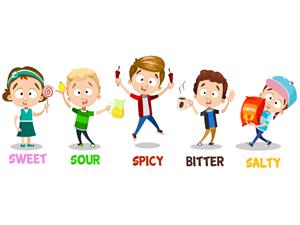
Let's see why certain substances taste sweet, some bitter and sour so on.

You must have tasted these items such as curd, lemon juice, orange juice, and vinegar.
These substances give a sour taste when we have this is due to the presence of acid in these eatables. The substances that contain acid are known as acidic substances.
These substances give a sour taste when we have this is due to the presence of acid in these eatables. The substances that contain acid are known as acidic substances.
Natural acids make up the acids in these compounds.

Sour taste
In other words, an acid is a substance with more ions concentration. Acid is derived from the Latin word acere, which means "sour".
For a substance to be acidic, one of the element should be always hydrogen element. For example, hydrochloric acid HCl, here, the presence of ions makes it an acid. This is the acid present in our stomach, which helps in digestion.
For a substance to be acidic, one of the element should be always hydrogen element. For example, hydrochloric acid HCl, here, the presence of ions makes it an acid. This is the acid present in our stomach, which helps in digestion.
Example:
Let us see some of the acids we use in our daily.
1. Citric acid

Present in: Citrus fruits such as oranges, lemons, grapefruits, pomelo, etc
2. Malic acid
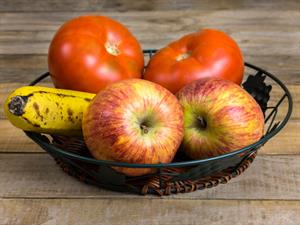
Present in: Apple, tomatoes, banana, etc.
3. Oxalic acid
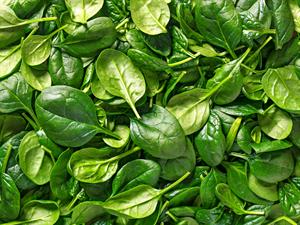
Present in: Apple, tomatoes, banana, etc.
4. Ascorbic acid
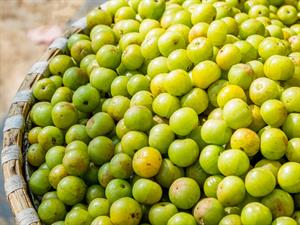
Present in: Amla, Citrus fruits, etc.
5. Latic acid
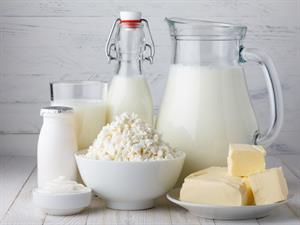
Present in: Curd, butter milk, cheese, yogurt, etc.
6. Acetic acid

Present in: Vinegar
7. Tannic acid

Present in: Tea, coffee, wine, strawberries, blueberries, etc.
